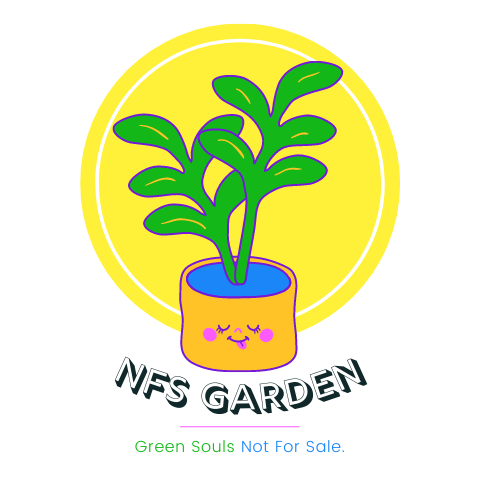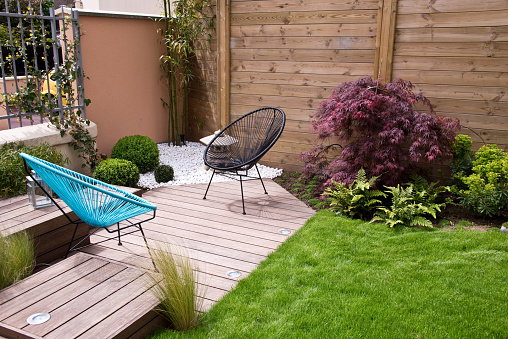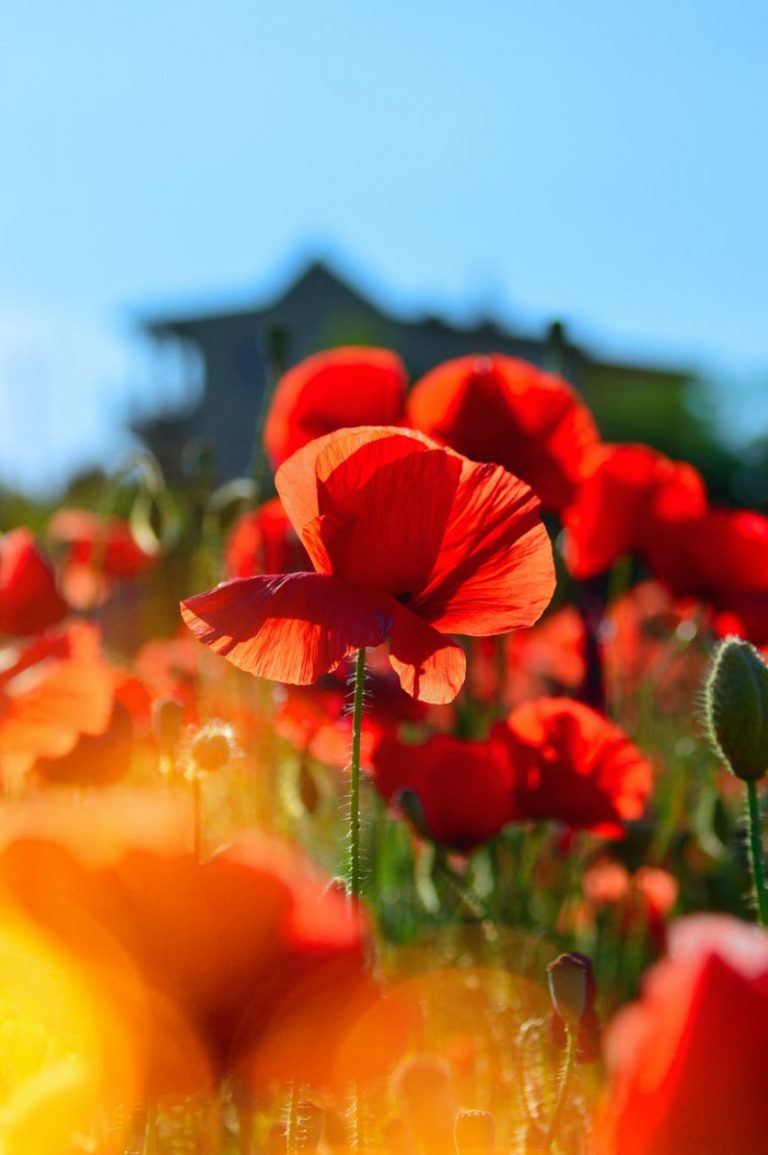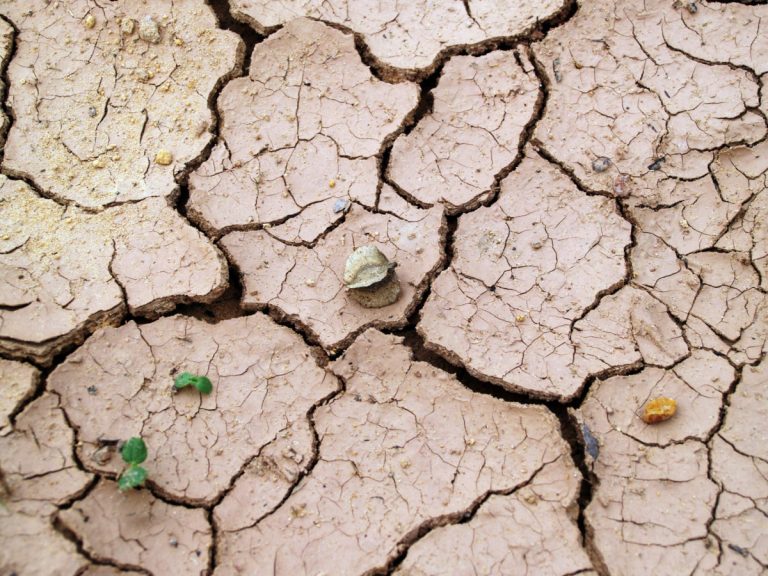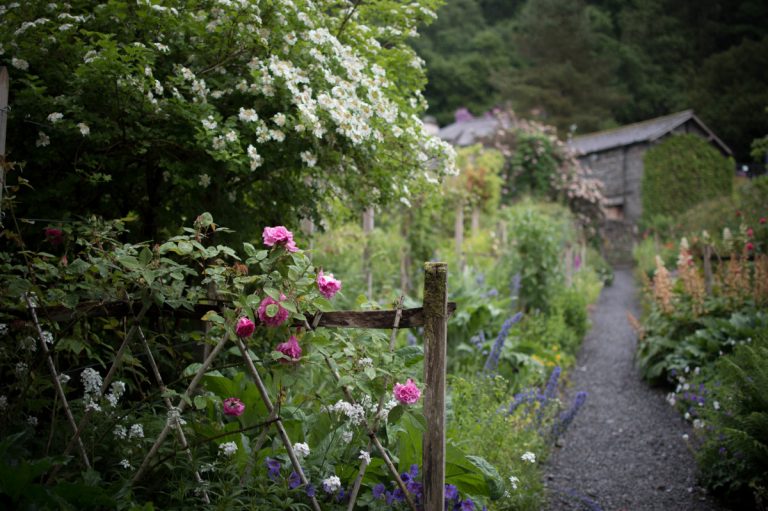Calling Everyone With A Small To Tiny Garden
In today’s world many of us live in apartments and small condos with little or no garden and yet, there still seems to be a need for us to dip our hands into the soil and have the pleasure of watching plants and vegetables grow. Gardeners have put their heads together a creative method of managing a reasonable output of vegetables.
One such way is called an inter-cropping system. This arrangement calls for careful planning and knowledge of each crop’s performance. The key to successful inter- cropping is choosing vegetables that are singularly adapted for use in this system.
These vegetables will have a small to medium space (4-6 inches per plant) requirement for growth and maturity, a quicker maturity rate than the crop in which it will be inter-cropped with, or it will have shade tolerance. The more requirements the vegetable meets, the better.
Vegetables
Vegetables that usually work well with inter-cropping include beets, chard, kohlrabi, lettuce, carrots, parsley, green onion, spinach, radishes and turnips for the green and roots. Another benefit to these vegetables is that they are typically tolerant of occasional frosts.
This means that they can be planted earlier than other vegetables (like peppers and tomatoes). They can be planted between 4-6 weeks before the frost-free point and will have the quality of being able to germinate and grow their best in cold soils.
Since planting space will be limited, you should consider only plants that can offer maximum returns. These include vegetables like celery, green onions, herbs, kale, parsley, spinach, pepper and tomatoes because they can offer the chance of multiple harvests over long periods of time.
On the other hand, you will want to carefully decide about including vegetables like cabbage, cauliflower, lettuce, garlic, onion bulbs and radishes due to the fact that they will only yield a one-time harvest.
Your personal preferences and the kind of production you want from your inter-cropping garden need to be assessed for the efficiency of your small garden.
Beware the problems of trying to put too many plants in too small a space. A lesser quality will be achieved in all vegetables if they aren’t allowed a certain amount of space and height.
There are some plants which sprawl with growth. If you grow these around a circle of wire or stake them out you will gain space and also keep the plants off the ground for a cleaner and more abundant fruit.
By considering your options with inter cropping you will inevitably grow more and a better fruit or vegetable within a small space.
===> Find Even More Related Good Ideas ===>
Other Garden Enthusiast Are Reading:
✅ Trending
- Best 10 Herbicide Of 2022 For Maintaining A Clean & Healthy Yard Reviewed
- 10 Best Riding Lawn Mower For Hills: Reliable & Effective Brands To Take Care Of Your Yard 2022
- Best Ultrasonic Pest Repeller Review 2022 (For Outdoor/Electronic/Purizzy/Maxmoxie/Bed Bugs)
✅ Outdoor Garden Design And Tips
- Tips For Choosing A High-Quality Birdcage 2022: Make Your Birds Comfortable At Home
- Beginner’s Guide to Indoor Grow Box Before Purchase: Sustainable Cultivation Secrets at Home or in Office FAQs 2022
- 11 World’s Most Amazing Medicinal Plants & Healing Herbs In Nature For Plant Lovers 2022
✅ Indoor Design And Tips
- How To Select The Right Roman Blinds For Your Home: Your Perfect Interior Curtain Guide 2022
- The Loud And Clear Reminder To Get House Insurance 2022
- Beginner’s Guide to Indoor Grow Box Before Purchase: Sustainable Cultivation Secrets at Home or in Office FAQs 2022
✅ Even More Great Products
- 10 Best Portable Hot Tub Reviewed 2022: Enjoy Inflatable SPA Procedures Right At Home
- 9 Things You Need To Know In Using A Riding Lawn Mower: Ultimate Guide To Safety And Efficiency 2022
- Everything You Need To Know Before Getting A Garage Heater 2022: Guide On Selection, Use, Safety And Maintenance
✅ Sustainable Lifestyle Products And Tips
